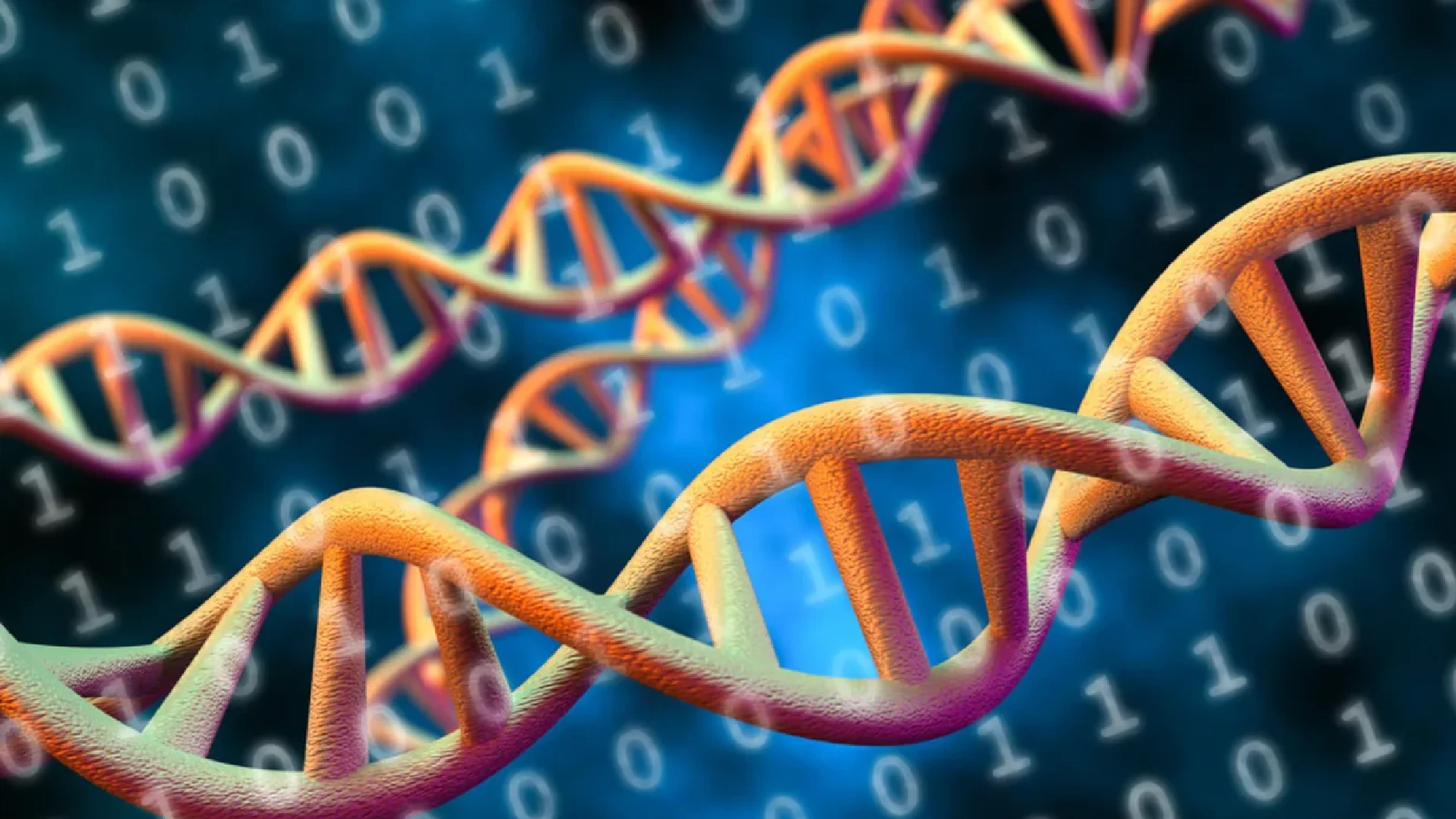The new technique allows for faster data recording to DNA, which has massive potential for digital storage and neuron recording.
Storing data onto DNA (Deoxyribonucleic Acid) is nothing new. The process of recording binary data (the form of data that computers understand) onto artificially synthesized strands of DNA has existed for decades.
Despite the enormous potential of DNA-based digital storage compared to conventional mechanical hard drives (HDD) and solid-state drives (SSD), due to the former’s capacity for high-density storage and tiny footprint, limitations in current technology meant the DNA storage was incredibly high in cost and had very limited practical uses.
One of the biggest gripes of the technology was the incredibly slow read and write times. At the very least, modern conventional digital storage formats can record and read data within minutes or even seconds, depending upon the size of the file.
However, encoding and decoding data onto DNA is a cumbersome process that takes hours and even days, even for a comparatively small amount of data.
However, a new technique developed by researchers at the Northwestern University in Chicago, United States shows promise for making DNA-based digital storage competitive and possibly better than conventional alternatives.
In a paper released in the Journal of the American Chemical Society, researchers have proposed a breakthrough technique for recording data to DNA that takes just minutes, unlike earlier methods that took hours and even days to complete.
The researchers used a novel enzymatic system to artificially synthesize DNA strands that record “rapid changes in the environmental signals directly into the sequences”. According to the researchers, the method could help change the way scientists study the human brain and how neurons record data.
“Nature is good at copying DNA, but we wanted to be able to write DNA from scratch,” said Professor Keith E.J. Tyo, lead author of the paper and a professor at Northwestern University. “The ex vivo way to do this involves a slow, chemical synthesis. Our method is much cheaper to write information because the enzyme that synthesizes the DNA can be directly manipulated.”
